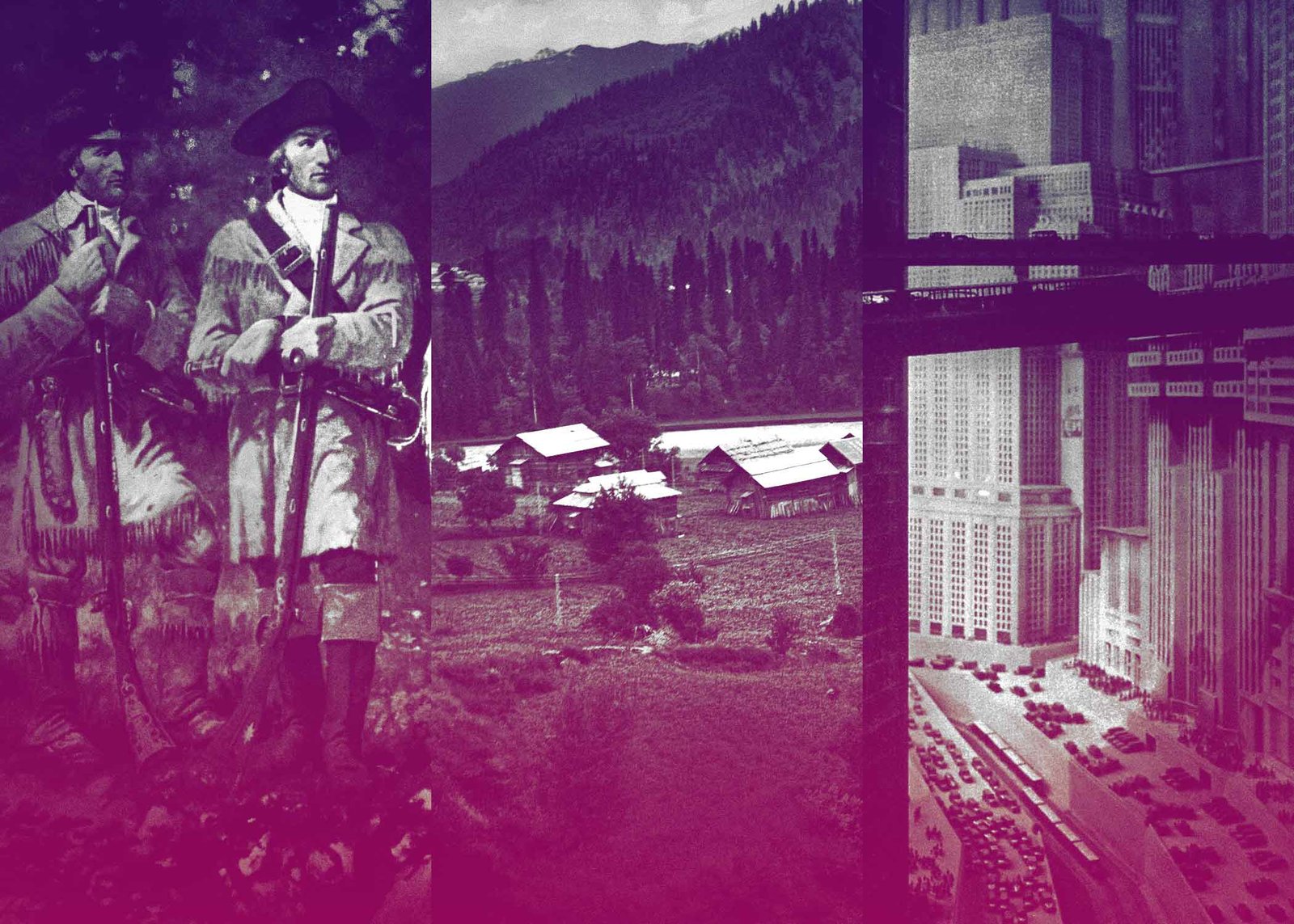I’m stealing these three phases. They came from the a16z podcast, “On Fear and Leadership: Product to Sales CTOs and CEOs” (which you can listen to at the bottom of this post). The prevailing conversation concerns a number of topics that growing leaders in growing startups face: trepidation in hiring an external CEO, all-hands meetings, recruiting talent, handling “title fetishization,” existing without CEOs (“never hire an interim CEO”).
But, to me, the beginning of the podcast outlines how the phases of the company align with the phases of company leaders. Martin Casado, a general partner at Andreessen Horowitz and inventor of software-defined networking, delineates three phases through which every startup goes; Armon Dadgar, the co-founder and CTO of HashiCorp, contributes the simple-but-digestible metaphorThe metaphor was originally proffered by Robert X. Cringely in his book Accidental Empires as “commandos, infantry, and police” and later popularized by Simon Wardley. that helps to explain what the leaders of a company should look like within each phase.
Notably, it is important for CEOs and founders to recognize that their job description changes as they enter each new phase of their company’s lifecycle. An early-stage, dynamic, and passionate tech nerd may have no clue how to sell their product to the masses, but that doesn’t mean they aren’t a cofounder with a creation to solve a problem. It stands to follow that it also doesn’t mean they can’t rewire their approach and adapt to the needs of their company as it grows.
1
Product Phase
Your company exists because you had an idea that could fulfill a need. You know how to entertain teens on their phones, teach biochemists new methods of discovery, design a platform to organize and mediate esports tournaments. Obviously, if you don’t fill a need, you won’t survive as a business.
This means that the leaders in the product phaseMost startups identify “product” as technology outright, but in other cases – like with supply chains – technology could be the means-to-the-end and the product is an electric car, a carbon-free sweatshop-free sweater, or a wireless phone charger. must also be product leaders. If this first phase is about forging a new path using tools to create a product fit, your leaders should first be hell-bent on making sure that product fits. They should be relentless in tailoring the company to fill that fit.
The leaders are Pioneers in the vein of Lewis and Clark. They see what can be and not what is, they are mentally equipped to forge a difficult and unrelenting path and are resourceful enough to make it happen with next to nothing available to them.
2
Sales Phase
Your company has a fit, so now you are spending money to get more customers. You are “going to market,” as it were, creating repeatable sales in a way that’s “solvent and with good unit economics.” (Fancy speak for your products and services are priced appropriately to be profitable over a long period of time.)
A company’s valuation is driven in this phase, and its genesis is usually growth, margins, something Casado refers to as “net dollar of attention.” The tricky part is that engineering as a discipline tends to not scale linearly with the acquisition of customers; programming by its nature should be repeatable, so your engineering headcount doesn’t need to increase one-to-one. But sales – your ability to “go to market” and get your product out there – does.
The leaders need to figure out this structure and ensure it’s repeatable. It’s the description of the Town Settler. You’ve forged the path but now you’re settling down and you need something to live-in. You need to be able to repeat that notion at a sustainable pace. You are done throwing ideas at the wall to see what sticks; you are refining your process, making plenty of mistakes, but, paramount, setting the stage for scale.
3
Operations Phase
You can sell it once; you have at least one client. You can sell it ten times; you have ten clients. Can you sell it 1,000,000 times? Can you handle 1,000,000 clients?
People desire your product, you know how to sell it effectively and repeatedly, and now you need to grow it to scale. You may expand from one product to multiple products, from one client to a thousand, from two features to 2,000.
The leaders are tasked with figuring out how to increase your customer base without cannibalizing your own growth. Mergers and acquisitions enter the chat, important parts of expanding your company’s footprint. This is a job for a City Planner. Structure and repetition are great, but you have to sustain growth and nurture those that already live in your city.
Rediscovering Your Job
The Lewis or Clark that got you here – the one that loved shiny, new objects – now has to figure out how to turn a settlement into a metropolis. Crucially, they’re not always the same person. The mindset is completely different, though it is entirely possible a cofounder can embody each of the three. If they don’t, leadership should welcome a revision to the job description, a shift in job title, or a change in human resources.
As your company grows, its evolution doesn’t happen in a vacuum. It’s your job as a leader to recognize where your company sits in its lifecycle, and, if what you’re doing isn’t working, to get out of its way.
“You have to continue adding value: As the company grows, your role changes. Every six months, my job is to rediscover what my job is.”
Armon Dadgar
Co-founder and CTO of HashiCorp
